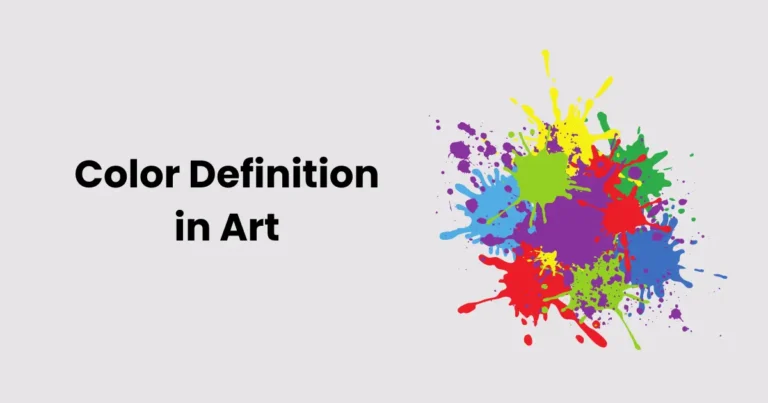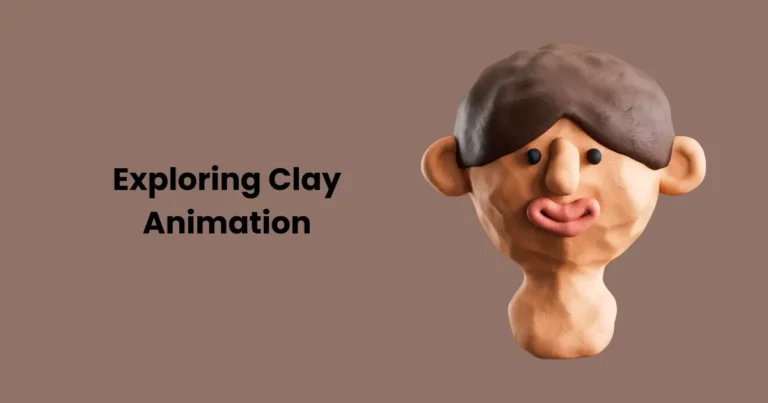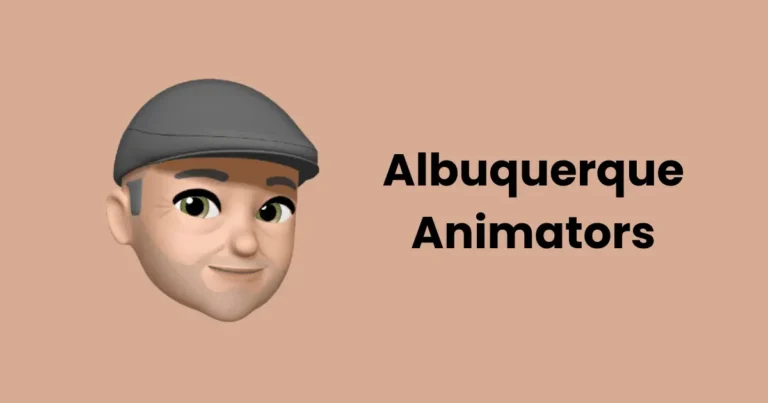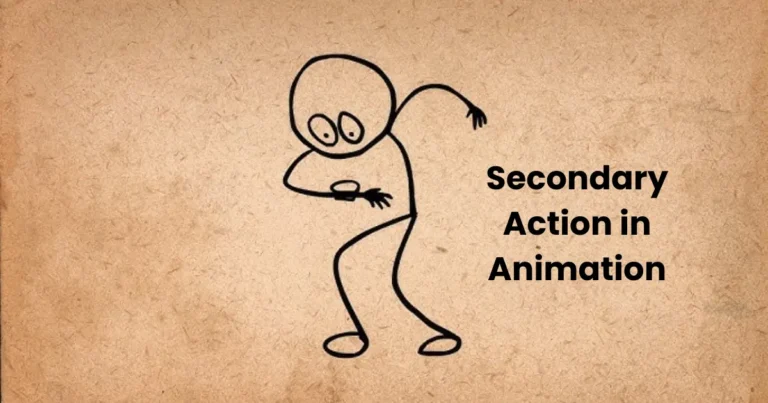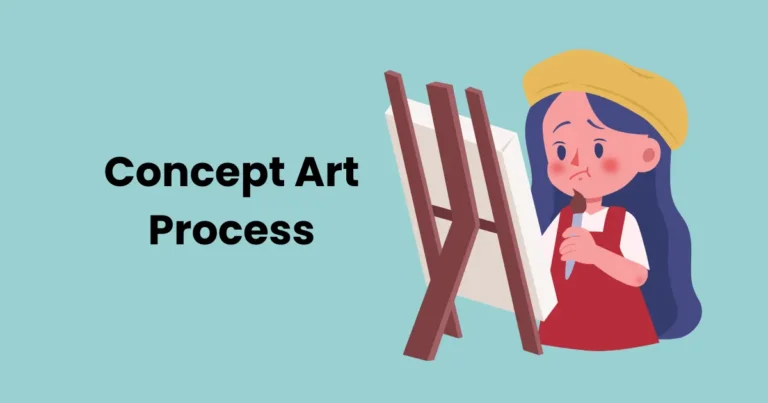Best Game Animation Companies | Game animation Outsourcing Studios

Contents
Game animation companies play a crucial role in shaping the visual and interactive experiences of modern video games. As the gaming industry continues to evolve, these companies bring digital worlds to life by designing characters, environments, and realistic movements that captivate players. With advancements in technology, the demand for high-quality animations in games has skyrocketed, making game animation companies integral to game development.
From realistic character movements to dynamic environments and cinematic cutscenes, these companies utilize a variety of animation techniques to create immersive experiences. Whether it’s through traditional 2D animation or cutting-edge 3D models, game animation companies ensure that every movement and scene is executed with precision. In this article, we’ll explore the role of game animation companies, the services they offer, and how they influence the gaming industry.
Game animation is not just about making games look appealing; it’s about creating lifelike movements, storytelling through visuals, and enhancing the overall gaming experience. Through their expertise, game animation companies help developers deliver unforgettable gaming experiences that push the boundaries of creativity and technology.
Top Game Animation Companies in the Industry
The world of game animation is vast and diverse, with many companies specializing in different aspects of game design and animation. Below are some of the top game animation companies in the industry that have made significant contributions to the gaming world through their innovative animation techniques and high-quality work.

1. Riot Games
Riot Games is best known for its popular multiplayer online battle arena (MOBA) game, League of Legends. This company has become a leader in game animation, creating intricate and highly detailed character animations that breathe life into its vast roster of champions. Riot Games’ animation team focuses on delivering fluid and dynamic character movements, as well as cinematic storytelling through in-game visuals and cutscenes. Their commitment to high-quality animation has set a standard for other companies in the gaming industry.
2. Blizzard Entertainment
Blizzard Entertainment is a powerhouse in the gaming industry, responsible for creating iconic games such as World of Warcraft, Overwatch, and Diablo. Known for its stunning cinematic trailers and in-game animations, Blizzard has revolutionized the art of game animation. The company employs cutting-edge animation techniques, combining hand-drawn artistry with 3D modeling to deliver immersive animations that captivate audiences. Blizzard’s dedication to high-fidelity animation ensures that each game they release is not only visually stunning but also highly engaging.
3. Ubisoft
Ubisoft, the creator of popular game franchises like Assassin’s Creed, Far Cry, and Watch Dogs, has become renowned for its expertise in game animation. The company’s animation teams focus on creating highly realistic and fluid animations for characters, environments, and combat sequences. Ubisoft’s motion capture technology, along with its innovative animation software, allows them to produce lifelike animations that enhance the player’s experience. Ubisoft’s commitment to seamless animation ensures that its games are visually immersive, offering players a world that feels authentic and alive.
4. Epic Games
Epic Games, the developer behind the Unreal Engine and the globally popular battle royale game Fortnite, is a leader in both game development and animation. With the power of the Unreal Engine, Epic Games has revolutionized real-time game animation. Their use of motion capture technology and the integration of cinematic-quality animations into real-time gameplay has redefined what’s possible in animation. Epic Games’ dedication to high-quality animation ensures that their games offer dynamic and engaging experiences, pushing the boundaries of what players can expect from modern video games.
These top game animation companies not only drive the industry forward but also set trends that inspire new advancements in animation techniques and game design. Their ability to create stunning visuals and realistic movements has reshaped the way players interact with and experience video games.
Services Offered by Game Animation Companies
Game animation companies offer a wide range of services designed to enhance the visual storytelling and immersive experience of video games. These services involve the creation of highly detailed, lifelike animations that bring characters, environments, and scenes to life. Below are some of the key services provided by game animation companies.

1. Character Animation
Character animation is one of the most vital aspects of game animation. It involves creating the movements and behaviors of characters, making them feel alive and believable. Game animation companies employ various techniques such as motion capture, keyframe animation, and procedural animation to bring characters to life.
Whether it’s a human protagonist, a fantastical creature, or a non-playable character (NPC), character animation ensures that each character moves in a way that aligns with their personality and environment. The goal is to create realistic or stylized motions that enhance the overall gameplay experience and emotional connection with the player.
2. Environment Design
The environment is just as important as the characters in a game. Game animation companies provide environment design services that focus on creating visually stunning, interactive worlds. This includes designing natural landscapes, urban settings, interiors, and abstract environments. Through techniques like 3D modeling and texturing, these companies bring environments to life, ensuring they are both visually appealing and immersive.
The animation of environmental elements, such as trees swaying in the wind, water flowing, or clouds moving across the sky, adds an extra layer of realism to the game. These animations enhance the sense of presence, making players feel as though they are truly part of the world they’re exploring.
3. Motion Capture
Motion capture (MoCap) is a key service offered by game animation companies to capture the movements of real-life actors and translate them into digital animations. MoCap technology records human movements using sensors placed on the actor’s body, allowing animators to create more accurate and realistic character animations.
This technology is widely used for creating lifelike human movements, especially in games that feature complex action sequences, like fighting or running. MoCap also helps to capture facial expressions, improving the emotional depth of characters in cinematic scenes.
4. Cinematics
Cinematics, or animated cutscenes, are used in many games to tell a story or advance the plot through pre-rendered or real-time animation sequences. Game animation companies specialize in creating these cinematic moments, blending animation, dialogue, sound effects, and music to immerse players in the game’s narrative.
Cinematic animation helps to break up gameplay with emotional storytelling, giving players a sense of involvement in the unfolding events. High-quality cinematic animations can elevate the overall gaming experience by making important plot moments more impactful and visually engaging.
5. 2D Animation and Illustrations
While 3D animation is dominant in the gaming industry, 2D animation remains a crucial service, especially for indie games or mobile games that adopt a retro aesthetic. Game animation companies offer 2D animation services for sprite design, character animations, and cutscenes. This includes frame-by-frame animation, which is meticulously drawn to give the characters smooth movements and fluid transitions.
For games that incorporate illustrations and hand-drawn styles, game animation companies bring these visuals to life through intricate animation techniques, creating a unique and nostalgic feel for the game.
6. Rigging and Skinning
Rigging is the process of creating a skeleton for a 3D model, while skinning involves attaching the 3D mesh (or skin) to the skeleton so that it moves in a realistic way. Game animation companies offer rigging and skinning services to ensure that characters and other animated models move smoothly and organically.
By creating an effective rig, animators can control complex movements, allowing characters to bend, twist, and interact with their environment in a way that feels natural and fluid. Rigging is crucial for both character and object animation, as it provides the framework for realistic motion.
7. Visual Effects (VFX) Animation
Visual effects (VFX) animation is another essential service provided by game animation companies. VFX enhances the visual experience by creating stunning effects such as explosions, fire, smoke, and magical powers. These effects play a significant role in action-heavy games, creating moments of intense excitement and visual spectacle.
Game animation companies use advanced software and techniques to integrate VFX seamlessly into the game’s world, making the effects look realistic or fantastical depending on the game’s style.
Game animation companies offer a diverse range of services that are crucial for creating dynamic and engaging video games. From character animations that evoke emotions to cinematic sequences that tell compelling stories, their work is integral to shaping the player’s experience. As technology continues to advance, the services offered by these companies will continue to push the boundaries of what is possible in game animation.
How to Choose the Right Game Animation Company
Selecting the right game animation company is a crucial decision that can greatly impact the quality and success of your game. The animation quality and style play a significant role in creating an immersive, engaging experience for players. Here are some key factors to consider when choosing the right game animation company for your project.

1. Assessing Portfolios
A company’s portfolio is the best way to evaluate its capabilities and style. Review the portfolio to see examples of past projects, including character animations, environments, cinematic sequences, and VFX work. Pay attention to the level of detail, the style of animation, and how well the animations complement the overall design of the game.
Look for a company that has experience in creating animations that align with the vision you have for your game, whether it’s hyper-realistic or stylized. A diverse portfolio will give you confidence that the company can adapt to your specific needs and challenges.
2. Understanding the Studio’s Expertise
Each game animation company has its areas of expertise. Some may specialize in high-quality cinematic cutscenes, while others may focus on character animations, VFX, or environment design. It’s essential to understand the company’s strengths and ensure they align with your project’s requirements.
For example, if your game requires highly detailed character animations or advanced motion capture work, look for companies that specialize in these areas. If you need a more stylized or artistic approach, a studio with experience in 2D or hand-drawn animation may be more suitable.
3. Evaluating Communication and Collaboration
Game animation is a highly collaborative process that requires effective communication between developers, animators, and designers. The right game animation company should have a track record of working well with teams and meeting deadlines.
Consider how responsive the company is during initial discussions. Are they proactive in offering suggestions and solutions? Do they take the time to understand your vision and goals for the game? A company that communicates effectively and values collaboration will make the development process smoother and more successful.
4. Reviewing Technology and Tools
The technology and tools used by a game animation company are vital to the final product’s quality. Look for companies that use the latest animation software and motion capture technology, such as Maya, Blender, or Unreal Engine. A company that stays up-to-date with advancements in animation technology will be able to provide high-quality, cutting-edge animations.
It’s also essential to assess the company’s ability to handle the technical aspects of animation, such as rigging, skinning, and integrating animations into the game engine. These factors are key to ensuring smooth, realistic movements and optimal game performance.
5. Considering Budget and Timeline
Budget and timeline are often key deciding factors when choosing a game animation company. Ensure that the company can work within your budget without compromising on quality. Be upfront about your budget and get a clear understanding of how the pricing works—whether it’s hourly, project-based, or milestone-based payments.
Additionally, discuss the timeline for your project. Ensure that the company can meet your deadlines while maintaining the level of quality you expect. Effective time management is crucial, especially if you have a fixed release date.
6. Checking Client Reviews and Testimonials
Client reviews and testimonials can provide valuable insights into the company’s reliability, quality of work, and customer satisfaction. Look for reviews from previous clients who have worked on similar projects or within your specific genre.
Positive feedback about the company’s animation skills, communication, and overall experience is a good indicator of their ability to deliver on your expectations. You can also request references to get a firsthand account of working with the company.
7. Looking for a Strong Post-Production Team
In addition to animation, post-production is crucial in ensuring that the final product meets your standards. Some game animation companies offer post-production services, such as fine-tuning animations, adding sound effects, and making adjustments to integrate animations smoothly into the game engine.
A strong post-production team can help polish your game’s animations, ensuring that everything runs smoothly and seamlessly once integrated into the gameplay.
Choosing the right game animation company involves more than just finding a studio with great animation skills—it’s about selecting a partner that can bring your vision to life. By carefully evaluating portfolios, understanding expertise, considering communication and collaboration, and checking references, you can make an informed decision that will ensure your game’s animation is top-notch and contributes to an immersive player experience.
Future Trends in Game Animation
The world of game animation is constantly evolving, driven by technological advancements and creative innovations. As the gaming industry continues to push boundaries, several emerging trends are shaping the future of game animation. These trends promise to enhance the realism, creativity, and immersive experiences that players expect. Here are some key future trends in game animation to watch:

1. Real-Time Rendering
Real-time rendering is revolutionizing the way game animations are created and experienced. Traditionally, animation rendering required time-consuming processes, often done in a separate stage after the animation was created. However, real-time rendering allows for immediate visualization of animations as they are created, significantly speeding up the animation workflow.
With powerful game engines like Unreal Engine and Unity becoming more advanced, real-time rendering is being used to produce high-quality animations and cinematics without the need for lengthy rendering times. This technology enables developers to make on-the-fly changes to animations, enhancing interactivity and improving the overall game development process.
2. AI-Driven Animations
Artificial intelligence (AI) is playing an increasingly important role in the future of game animation. AI-driven animation technologies, such as procedural animation and machine learning, are helping animators create more natural and adaptive movements for characters and environments.
For example, AI can be used to analyze the player’s actions and dynamically adjust the character’s movements based on those interactions. This can lead to more fluid and responsive animations, creating a more immersive experience. Additionally, AI can help automate repetitive tasks in animation production, freeing up animators to focus on creative aspects of their work.
3. Immersive VR/AR Animations
Virtual reality (VR) and augmented reality (AR) are poised to revolutionize game animation by creating fully immersive environments that players can interact with in real-time. VR and AR require highly detailed and realistic animations to ensure that players feel fully immersed in the game world.
Game animation companies are increasingly focusing on creating animations that work seamlessly with VR and AR technology. This includes the animation of objects, environments, and characters in 360-degree spaces, as well as developing systems that allow for real-time interaction with the player’s movements. The potential for VR and AR to transform the way players experience game animation is immense, pushing the boundaries of what is possible in game design.
4. Motion Capture Advancements
Motion capture technology has been a game-changer for creating lifelike animations, and its advancements are continuing to improve. New motion capture techniques, such as facial capture and full-body capture, are helping to create more nuanced and expressive animations for characters.
One exciting development is the use of AI-powered motion capture, which can analyze and translate subtle human movements more accurately. This allows for greater emotional expression in characters and more realistic animations, especially in action-packed games or those with complex character interactions.
Additionally, advances in motion capture gear, such as wireless systems and improved tracking accuracy, are making it easier to capture performances in a wider range of environments, from studios to outdoor locations, resulting in even more natural animations.
5. Procedural Animation
Procedural animation is another trend that is set to shape the future of game animation. Unlike traditional keyframe animation, which involves animating each movement by hand, procedural animation uses algorithms to generate animations dynamically. This can be especially useful for creating complex or random animations, such as the movement of crowds or animals, or the physics of natural elements like water or wind.
With procedural animation, game developers can create more realistic and varied animations that respond to the game environment or player input. This allows for more immersive and lifelike worlds, as the animations will adapt to changing situations in real-time.
As these trends continue to evolve, the future of game animation will be marked by increasingly dynamic, interactive, and immersive experiences. With real-time rendering, AI-driven animations, and advancements in motion capture and VR/AR, the possibilities for game animation are virtually limitless. These innovations will not only enhance the quality of animations but also revolutionize how players experience and engage with animated worlds in video games.
Conclusion
The future of game animation is filled with exciting possibilities, driven by rapid advancements in technology and creative exploration. From real-time rendering and AI-driven animations to the immersive worlds created by VR/AR, the landscape is evolving at a fast pace. As game animation companies embrace these innovations, the quality of animations will continue to reach new heights, providing players with even more realistic and interactive experiences. These developments are set to revolutionize not only the aesthetics of games but also the way players engage with and experience the stories and characters within them.
For game developers and animation studios, staying ahead of these trends is crucial to maintaining a competitive edge. By leveraging cutting-edge technologies like motion capture, procedural animation, and cloud-based tools, game animation companies can streamline their workflows, produce higher-quality content, and deliver unique and engaging experiences for players. As the gaming industry continues to push creative boundaries, the role of animation in creating immersive, dynamic worlds will only grow in importance, shaping the future of gaming for years to come.

